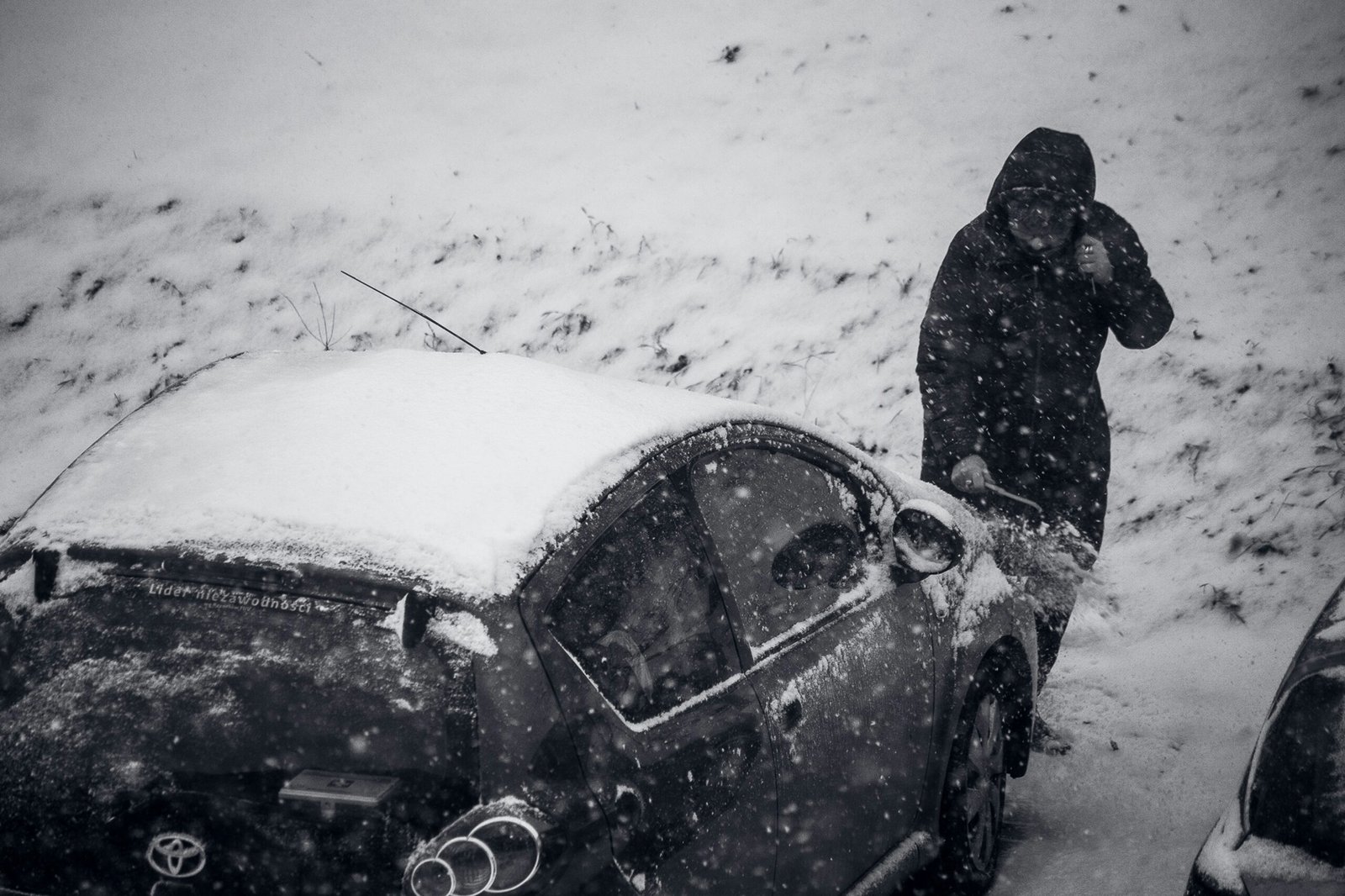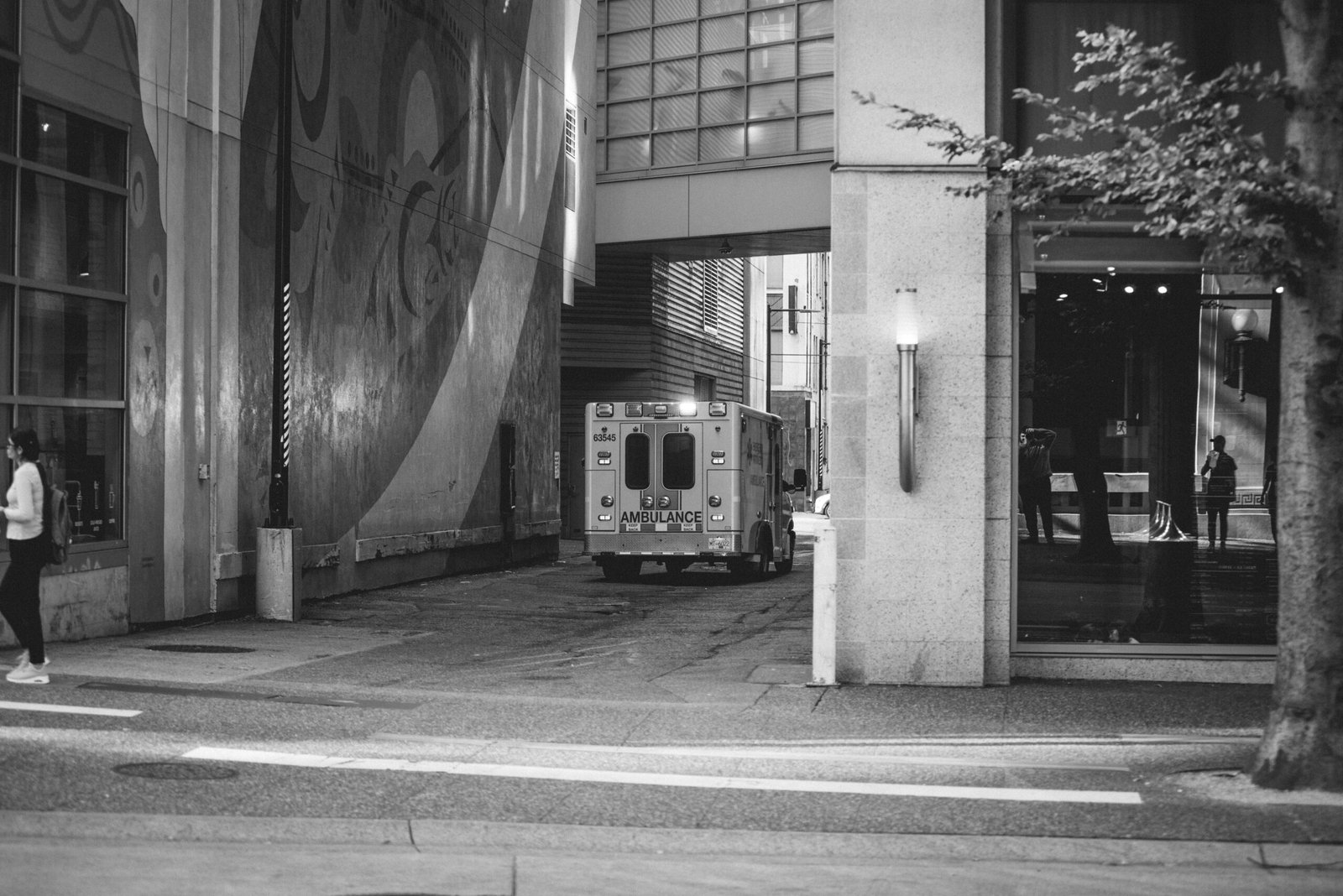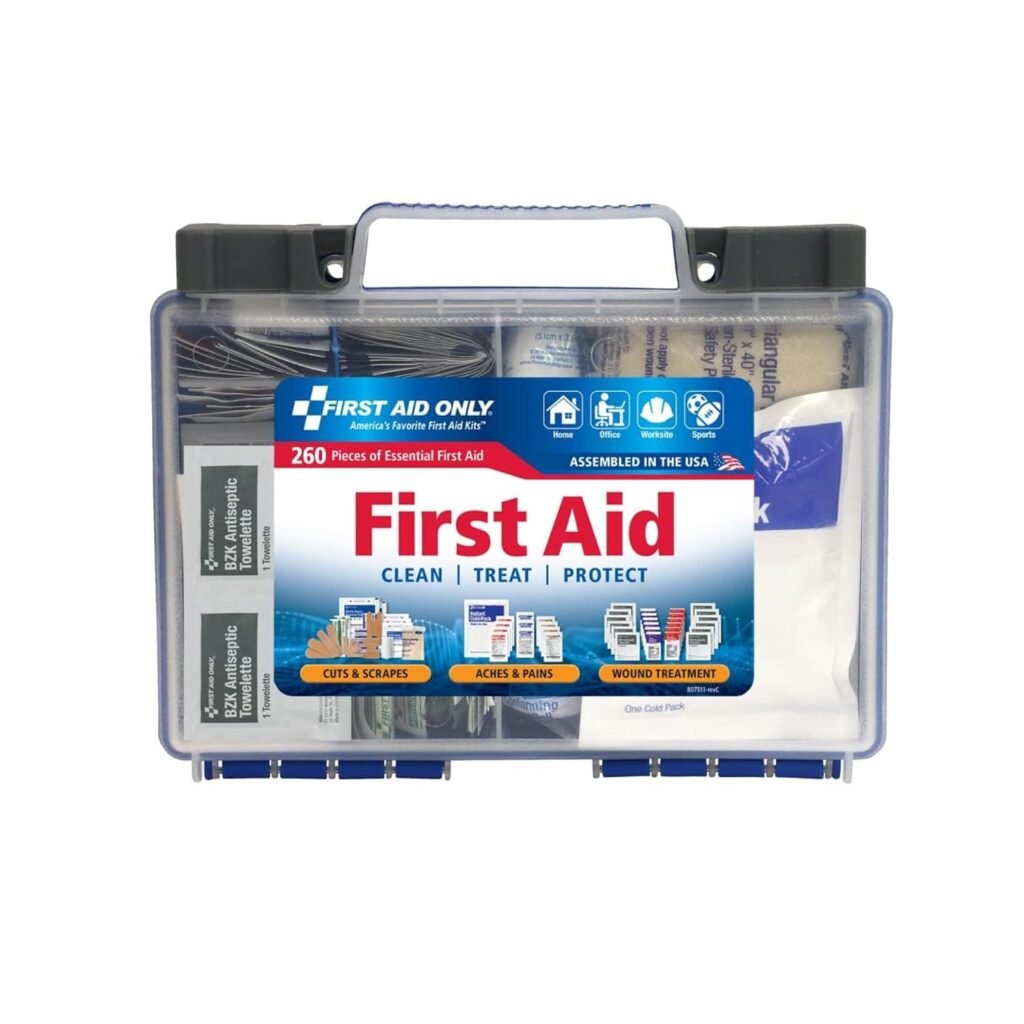Understanding the Risks of Cold Weather
Cold weather poses several dangers that can lead to serious health risks if proper precautions are not taken. Among the most pressing concerns are hypothermia and frostbite, each of which can have dire consequences. Hypothermia occurs when the body loses heat faster than it can produce it, leading to a dangerously low body temperature. Symptoms include intense shivering, confusion, and drowsiness. Individuals at a higher risk for hypothermia include the elderly, infants, and those with certain medical conditions, such as diabetes or cardiovascular diseases. Recognizing these symptoms quickly is vital, as untreated hypothermia can be life-threatening.
Frostbite, another cold weather injury, affects the skin and underlying tissues, primarily on the fingers, toes, nose, and ears. This condition arises when skin temperatures drop below freezing, causing ice crystals to form in cells. Initial signs of frostbite often include numbness and a tingling sensation, progressing to a more severe, painful state. Individuals with poor circulation or inebriated are particularly vulnerable to frostbite because their ability to respond to chilled conditions is compromised.
In addition to these physical dangers, cold weather increases the likelihood of slips and falls due to icy surfaces. Such falls can lead to fractures, sprains, and various other injuries. All populations, especially older adults and those with mobility issues, should be cautious when navigating icy environments. They are more susceptible to debilitating injuries, which can impede their independence.
In conclusion, understanding the risks associated with cold weather, including hypothermia, frostbite, and slips due to ice, is essential for ensuring safety during winter. Awareness is the first step in preparation, enabling individuals to reduce their risk of injury during these cold months.
Essential Preparations for Winter Safety
As temperatures drop, the potential dangers associated with cold weather become increasingly significant. Proper preparations can greatly reduce risks of winter-related injuries. One of the most crucial steps is dressing appropriately for the cold. Layering is key; individuals should wear moisture-wicking base layers, insulating mid-layers, and windproof or waterproof outer layers. This not only helps maintain body heat but also prevents conditions such as hypothermia and frostbite, which are prevalent during extreme cold weather.
Equally important is the selection of suitable footwear. Icy and snowy conditions raise the risk of slipping and falling, which can lead to serious injuries. It is advisable to opt for shoes or boots specifically designed for winter conditions, featuring slip-resistant soles for better traction. Additionally, gaiters can provide extra protection against snow intake and enhance overall stability while walking. Ensuring proper footwear will significantly mitigate the dangers presented by winter surfaces.
Another vital preparation involves ensuring that vehicles are equipped for cold weather. This includes checking tire pressure and tread depth, both of which can diminish in cold temperatures, leading to dangerous driving situations. Keeping an emergency kit within the vehicle can be lifesaving during unexpected winter incidents. Essential items should include a blanket, flashlight, food and water supplies, a first-aid kit, and tools for tire changes. This proactive measure prepares individuals to handle emergencies more effectively during adverse weather conditions.
In addition to these personal preparedness steps, it is recommended to stay informed about the weather forecasts and heed any warnings regarding severe cold weather conditions. Understanding the potential dangers associated with winter can empower individuals to take necessary precautions and remain safe throughout the season.
Emergency Response to Winter Injuries
The winter season, while often beautiful, also brings with it a significant danger of injuries related to cold weather. It is crucial to be prepared to respond effectively should an injury occur, particularly conditions such as hypothermia and frostbite. Recognizing the early signs of these conditions can be life-saving; both can progress rapidly if not addressed promptly.
Signs of hypothermia include intense shivering, slurred speech, slow or shallow breathing, and a weak pulse. If an individual displays these symptoms, it is essential to act quickly. First, move them to a warmer location, and remove any wet clothing. Wrap them in blankets, ensuring that their head and neck are covered, as heat escapes rapidly from these areas. Providing warm, non-alcoholic beverages can help rewarm the body but should be avoided for those who are drowsy or unconscious. It is vital to seek professional medical assistance immediately, as hypothermia can lead to severe complications if left untreated.
Frostbite, on the other hand, typically affects the extremities—fingers, toes, earlobes, and the nose. It manifests through symptoms such as numbness, a prickling sensation, and grayish skin. If frostbite is suspected, it is important not to rub the affected area, as this can cause further injury. Instead, gently warm the area by soaking it in warm (not hot) water. If the frostbite is severe or involves deeper tissues, medical intervention is necessary to prevent potential long-term damage.
Having an emergency plan in place is critical during the colder months. This plan should encompass knowledge of local emergency services, first aid supplies, and a clear strategy for prompt action when injuries occur. Swift, informed responses can mitigate the impacts of cold weather injuries, reinforcing the importance of preparedness during winter.
Community Resources and Support
To effectively prepare for the dangers associated with cold weather and reduce the risk of winter injuries, communities can benefit greatly from the resources and support available at local levels. Various organizations play a vital role in educating citizens about the potential risks of extreme cold and the necessary precautions to take. For instance, local health departments often conduct outreach programs that aim to inform the public about the hazards of low temperatures and provide strategies for staying safe. These initiatives may include workshops or informational sessions that focus on cold weather safety, frostbite prevention, and the importance of dressing appropriately during harsh conditions.
Support services for vulnerable populations, such as the elderly, homeless individuals, and those with pre-existing health conditions, are crucial when addressing the dangers of winter weather. Community centers and non-profit organizations frequently offer shelters during severe cold spells, ensuring that at-risk populations have a safe and warm place to stay. Furthermore, coordinated efforts with local governments can enhance resources for snow removal and emergency assistance, thus mitigating the impacts of cold weather on community members.
Additionally, fostering community awareness around cold weather safety can significantly reduce risks. Engaging community members through social media campaigns or local events can promote the dissemination of information regarding the importance of preparing for potential winter emergencies. Encouraging residents to look out for their neighbors, especially those who may be at higher risk during cold spells, cultivates a sense of collective responsibility and support. By leveraging available resources and emphasizing the importance of community engagement, residents can work together to create a safer environment that minimizes the dangers associated with cold weather.








